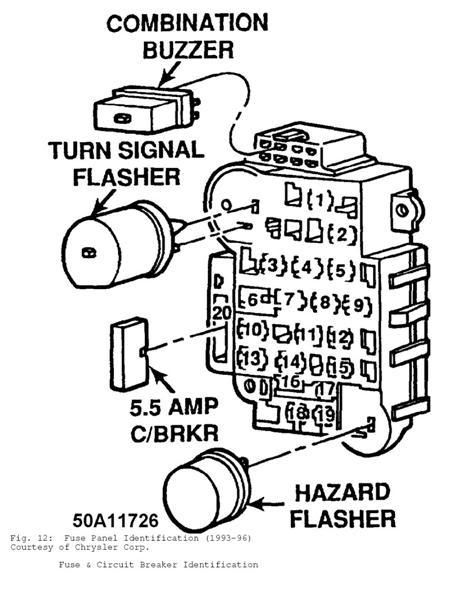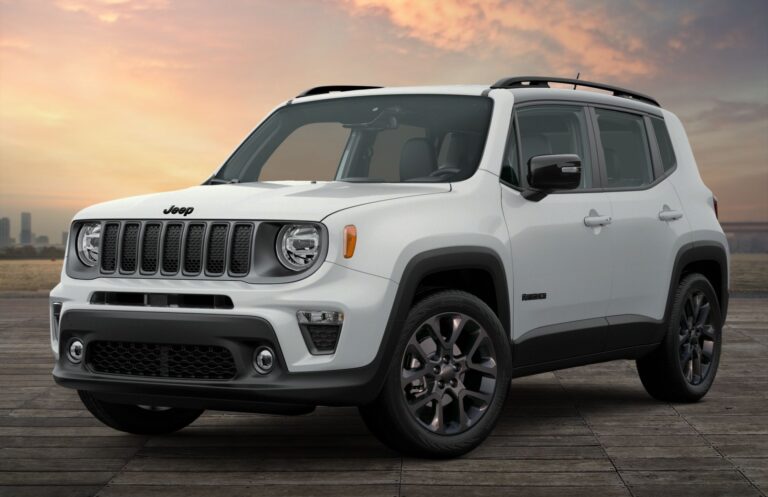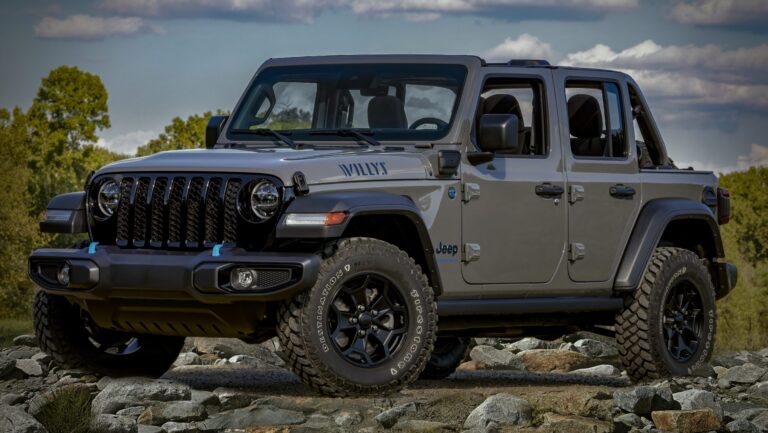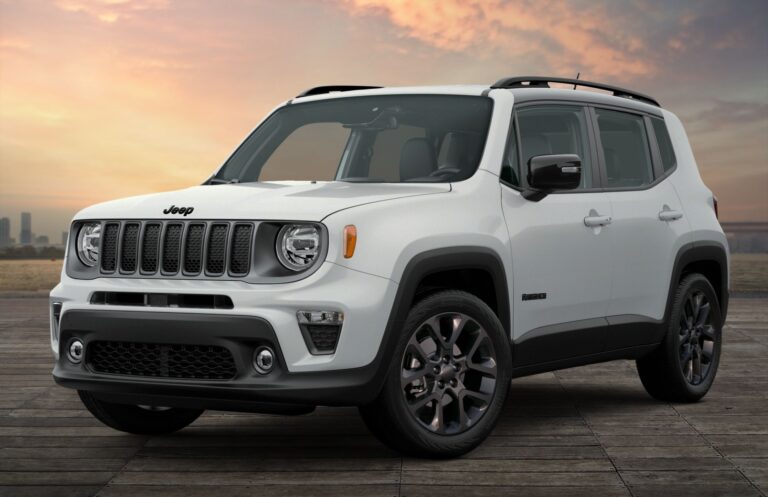92 Jeep Cherokee Sport For Sale: Your Ultimate Guide to Owning an XJ Icon
92 Jeep Cherokee Sport For Sale: Your Ultimate Guide to Owning an XJ Icon jeeps.truckstrend.com
In the ever-evolving landscape of automotive trends, some vehicles transcend mere transportation to become true cultural icons. The Jeep Cherokee XJ, particularly the 1992 Sport model, stands as a testament to this phenomenon. More than just an SUV, the "92 Jeep Cherokee Sport For Sale" represents an opportunity to own a piece of automotive history – a rugged, reliable, and endlessly customizable machine that continues to capture the hearts of enthusiasts, off-roaders, and practical drivers alike. This comprehensive guide will delve into what makes the 1992 Jeep Cherokee Sport such a compelling purchase, offering insights, advice, and a realistic look at what to expect when bringing one home.
The Enduring Appeal of the 1992 Jeep Cherokee Sport XJ
92 Jeep Cherokee Sport For Sale: Your Ultimate Guide to Owning an XJ Icon
The Jeep Cherokee XJ, produced from 1984 to 2001, revolutionized the SUV market. It pioneered the unibody construction for a four-wheel-drive vehicle, making it lighter, more rigid, and more car-like to drive than traditional body-on-frame SUVs, while still maintaining impressive off-road prowess. The "Sport" trim level, in particular, offered a no-frills, utilitarian approach, focusing on capability over luxury.
The 1992 model year holds a special place for many XJ aficionados. It represents a sweet spot in the XJ’s production run, featuring the venerable 4.0-liter inline-six engine without the more complex OBD-II emissions systems introduced in 1996, making it simpler to diagnose and repair for the DIY enthusiast. Its robust construction, compact size, and legendary reliability have cemented its reputation as a go-anywhere "unibody tank," capable of tackling trails, commuting daily, or serving as a dependable project vehicle.
Key Features and Specifications: What to Look For
When considering a 92 Jeep Cherokee Sport for sale, understanding its core specifications is crucial:
- Engine: The most common and desirable engine is the 4.0L High Output (HO) AMC Inline-Six. Known for its torque, longevity, and relative simplicity, this engine is a powerhouse that, with proper maintenance, can easily exceed 200,000 or even 300,000 miles. A less common, but available, option was the 2.5L AMC inline-four, which is generally underpowered for the vehicle’s weight and less sought after.
- Transmission:
- Automatic: The Aisin-Warner AW4 4-speed automatic transmission is incredibly durable and widely praised.
- Manual: The Aisin AX-15 5-speed manual transmission is also robust and preferred by some for greater control and engagement, though it is rarer to find.

- Transfer Cases:
- NP231 Command-Trac: A part-time 4WD system, meaning it should only be engaged on loose surfaces (dirt, snow, mud) to prevent drivetrain binding. It’s robust and widely used.
- NP242 Selec-Trac: A full-time/part-time 4WD system that offers the flexibility of driving in 4WD on pavement (full-time mode) as well as traditional part-time 4WD for serious off-roading.

- Axles:
- Front: Dana 30 (high-pinion design, generally strong).
- Rear: Depending on the build date and package, you’ll find either a Dana 35 (weaker, prone to issues with larger tires/hard use) or the more desirable Chrysler 8.25 (stronger, more robust). Identifying the rear axle is important if you plan on serious modifications.

- Sport Trim Specifics: The Sport typically came with basic amenities, cloth seats, manual windows/locks (though power options were available), and often a more utilitarian interior. Exterior-wise, it might feature black trim and steel wheels, emphasizing its rugged nature.
Why Buy a 1992 Jeep Cherokee Sport Today? (Benefits)
The allure of the 92 Jeep Cherokee Sport for sale extends beyond nostalgia. It offers tangible benefits for today’s buyers:
- Affordability: Compared to newer SUVs with similar capabilities, the XJ’s initial purchase price is significantly lower, making it an excellent entry point into the off-roading or classic vehicle hobby.
- Legendary Reliability: The 4.0L engine is renowned for its durability. With basic maintenance, these vehicles can run for hundreds of thousands of miles, proving their worth long after others have given up.
- Exceptional Off-Road Prowess: Thanks to its relatively light weight, short wheelbase, excellent approach/departure angles, and solid axles, the XJ is a surprisingly capable off-road machine in stock form, easily competing with larger, more expensive rigs.
- DIY-Friendly Design: Its mechanical simplicity means that many repairs and upgrades can be tackled by the average enthusiast with basic tools and a service manual. This saves on labor costs and builds a deeper understanding of your vehicle.
- Vast Aftermarket Support: The XJ has one of the largest and most diverse aftermarket communities. From lift kits and armor to engine performance parts and interior accessories, almost anything you can imagine for customization is available.
- Classic and Collectible Status: Well-maintained, unmolested 1992 XJs are becoming increasingly sought after by collectors, potentially offering a good return on investment if cared for properly.
- Practical Daily Driver: Despite its age, a well-maintained XJ can serve as a perfectly capable daily driver, offering decent cargo space and a commanding view of the road.
Navigating the Market: How to Find Your 1992 Cherokee Sport
Finding the right 92 Jeep Cherokee Sport for sale requires patience and due diligence. Here’s where to look and what to consider during your search:
- Online Marketplaces: Facebook Marketplace, Craigslist, and eBay Motors are primary sources. Filter by year, make, and model.
- Dedicated Forums and Enthusiast Groups: Websites like NAXJA (North American XJ Association) forums, Jeep-specific Facebook groups, and local 4×4 club classifieds often have well-cared-for examples sold by enthusiasts.
- Specialty Dealers/Mechanics: Some shops specialize in older Jeeps and might have restored or well-vetted models, though often at a higher price point.
- Word-of-Mouth: Let friends, family, and local mechanics know you’re looking. You might stumble upon a gem.
Initial Screening Tips:
- Ask for extensive photos: Request pictures of the undercarriage (especially frame rails and floorboards), engine bay, interior, and any known problem areas.
- Maintenance Records: Always ask if records are available. A seller with meticulous records indicates a caring owner.
- Rust Assessment: Be upfront about rust. Ask about its extent, particularly in critical areas like rocker panels, floorboards, frame rails, and subframe connectors.
- Modification History: Inquire about any modifications and if they were professionally installed. Poorly done modifications can be costly to rectify.
- Seller’s Story: Understand why they’re selling. This can provide clues about the vehicle’s history and potential issues.
Essential Inspection Checklist Before Buying
Never buy an XJ without a thorough inspection, ideally by a mechanic specializing in older Jeeps. If you’re doing it yourself, here’s a checklist:
- Under the Hood:
- Engine Leaks: Look for oil, coolant, or power steering fluid leaks. Common spots include the valve cover gasket, rear main seal, and power steering pump.
- Fluid Levels/Condition: Check oil, coolant, brake fluid, and power steering fluid. Look for milky oil (head gasket) or rusty coolant.
- Belts and Hoses: Check for cracks, fraying, or leaks.
- Battery: Check terminals for corrosion.
- Cooling System: Inspect the radiator for leaks or damage. Ask when the water pump and thermostat were last replaced.
- Crankshaft Position Sensor (CPS): A common failure point that can cause no-starts or stalling.
- Underneath the Vehicle:
- Rust, Rust, Rust: This is the XJ’s Achilles’ heel. Pay extreme attention to:
- Rocker Panels: Often rusted through.
- Floorboards: Check under carpets for holes.
- Frame Rails/Unibody: Look for severe rust, cracks, or previous repair patches. This is critical for structural integrity.
- Rear Spring Perches: Prone to rust and detachment.
- Suspension: Check shocks, coil springs, leaf springs, control arm bushings, and sway bar links for wear, leaks, or damage.
- Steering Components: Inspect tie rod ends, drag link, track bar (especially the bushing), and steering box for looseness or leaks.
- Driveline: Check U-joints on drive shafts for play. Look for leaks from differentials, transfer case, and transmission.
- Brakes: Inspect brake lines for rust, calipers for leaks, and rotors/pads for wear.
- Exhaust: Check for rust, holes, or loose hangers.
- Rust, Rust, Rust: This is the XJ’s Achilles’ heel. Pay extreme attention to:
- Interior:
- Electronics: Test all lights, wipers, horn, radio, power windows/locks (if equipped), and HVAC system.
- Seats/Carpets: Check for rips, stains, or excessive wear. Note any dampness, which could indicate water leaks.
- Odors: Musty smells can indicate water leaks or mold.
- Exterior:
- Body Panels: Check for significant dents, rust bubbles, or poor previous bodywork.
- Tires: Inspect tread depth and even wear. Uneven wear can indicate suspension or alignment issues.
- Test Drive:
- Engine Performance: Listen for unusual noises (knocks, ticks), check for smooth acceleration, and ensure it doesn’t overheat.
- Transmission: Automatic should shift smoothly without flares or harshness. Manual should shift cleanly without grinding.
- Braking: Should be firm and straight, without pulling or pulsing.
- Steering: Should be tight with minimal play. Listen for clunks or groans.
- Suspension: Drive over bumps to check for excessive bouncing or clunking.
- 4WD Engagement: Test both 4-High and 4-Low (on a loose surface). Ensure the transfer case shifts smoothly.
Common Challenges and Solutions
Even a well-inspected 92 Jeep Cherokee Sport for sale will likely present some age-related quirks. Being prepared for these can save headaches:
- Rust: The biggest challenge. Solutions range from rust conversion and patching for minor areas to cutting out and replacing floor pans or rocker panels for severe cases. Frame stiffeners are a popular upgrade to strengthen the unibody.
- Cooling System Issues: The XJ is notorious for running hot, especially the 4.0L. Solutions include upgrading to a heavier-duty radiator (aluminum is popular), replacing the water pump, thermostat, fan clutch, and regularly flushing the system.
- "Death Wobble": A violent, uncontrollable shaking of the front end, usually triggered by a bump. It’s terrifying but almost always fixable. Common culprits include worn track bar bushings, ball joints, tie rod ends, or a faulty steering damper.
- Crankshaft Position Sensor (CPS): A common failure that can leave you stranded. It’s a relatively inexpensive part but can be tricky to replace.
- Rear Main Seal Leak: A very common oil leak on the 4.0L. While not catastrophic, it can be messy. It’s a labor-intensive repair but not overly expensive for parts.
- Age-Related Electrical Gremlins: Often due to corroded grounds or brittle wiring. Tracing these can be time-consuming but usually involves simple fixes.
Maximizing Your Investment: Tips for Owners
Once you’ve purchased your 92 Jeep Cherokee Sport, here’s how to ensure it serves you well for years to come:
- Adhere to a Strict Maintenance Schedule: Don’t skip fluid changes (oil, transmission, transfer case, differentials), spark plugs, air filters, and fuel filters.
- Address Issues Promptly: Don’t let small problems fester. A minor leak or clunk can quickly become a major repair if ignored.
- Consider Proactive Upgrades:
- Cooling System: As mentioned, a robust cooling system is paramount.
- Suspension: If off-roading, a quality lift kit with new shocks and coils/leafs will significantly improve performance and ride quality.
- Tires: Invest in good all-terrain or mud-terrain tires appropriate for your use.
- Steering: Upgraded steering components (heavy-duty tie rod, track bar) can prevent "death wobble" and improve steering feel.
- Join the Community: Engage with XJ forums, Facebook groups, and local Jeep clubs. These communities are invaluable resources for advice, troubleshooting, and camaraderie.
- Keep Detailed Records: Document all maintenance, repairs, and upgrades. This not only helps you track your vehicle’s health but also adds value if you decide to sell.
Price Table for 1992 Jeep Cherokee Sport For Sale
The price of a 1992 Jeep Cherokee Sport can vary dramatically based on its condition, mileage, location, and the presence of desirable modifications or lack thereof. The table below provides estimated price ranges based on general condition categories. These are guidelines only and actual market prices may differ.
| Condition Category | Estimated Price Range (USD) | Key Characteristics & Considerations





